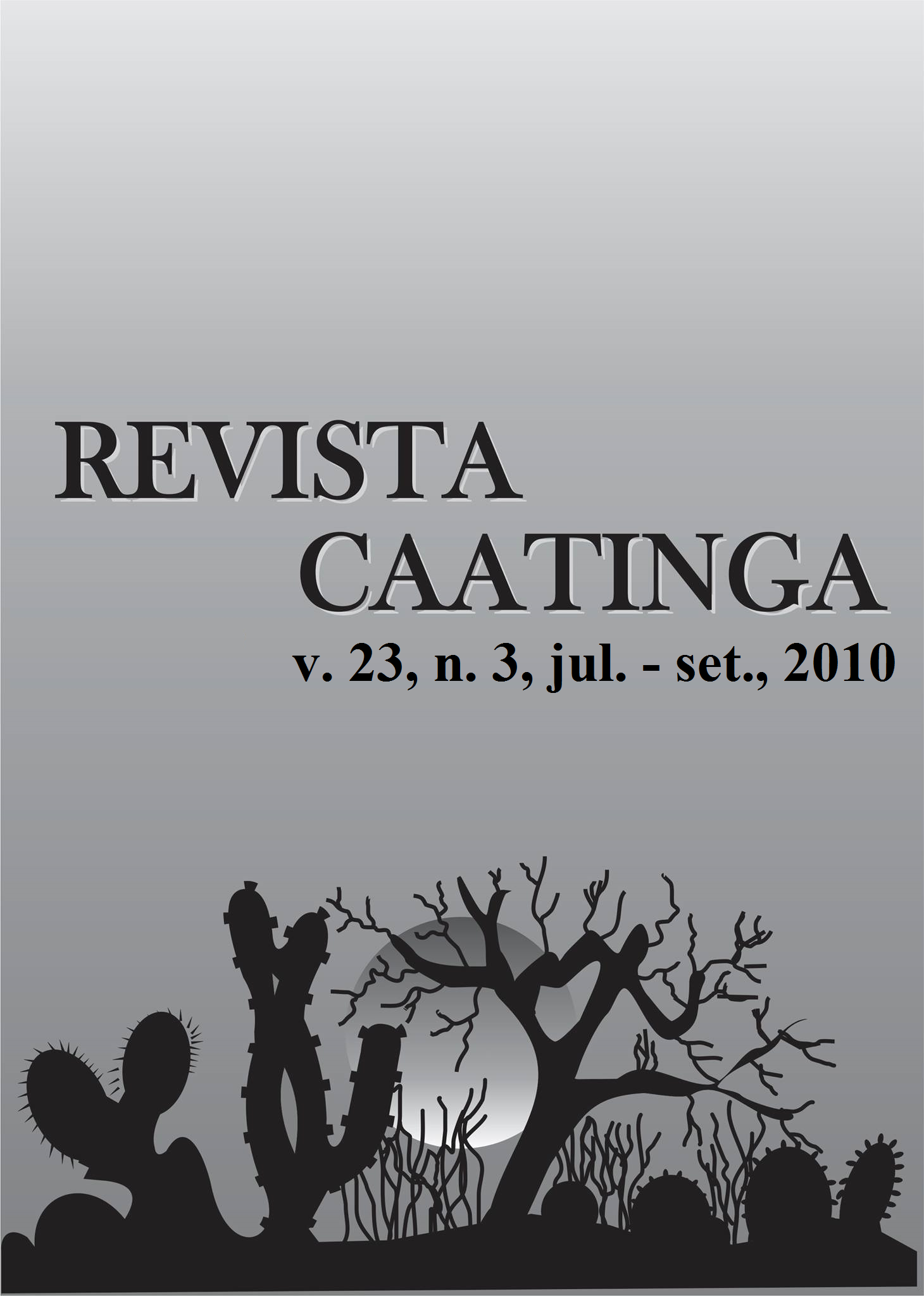COCOON PRODUCTION OF THE SILKWORM, Bombyx mori L. (LEPIDOPTERA: BOMBYCIDAE), FED ON LEAVES OF MULBERRY HYBRIDS
Keywords:
biologia, insecta, seda, sericiculturaAbstract
Brazil is the fourth cocoon producer in the world. In São Paulo State there are mulberry some hybrids whose productivity are higher than the commonly cultivated varieties. The objective of this study was to evaluate the effect of mulberry hybrids (Morus spp.) on the cocoon production of silkworm (Bombyx mori L.). The experiment was conducted at the Unidade Regional de Pesquisa de Gália do Instituto de Zootecnia, SP. The caterpillars were fed on leaves of the hybrids IZ-3/2, IZ-13/6, IZ-15/7, IZ-19/13, IZ-56/4, IZ-57/2, IZ-40, IZ-64, in a rearing hut at 25 oC ± 3 oC and 75% ± 5% relative humidity. ‘Korin’ was used as standard. The hybrids affected the duration of the larval period and the weight of the caterpillars, prepupaes and the silk glands as well. There was a reduction in the duration of larval development when the caterpillars had been fed with hybrid IZ-56/4 and the ‘Korin’ variety. Hybrids IZ-57/2, IZ-56/4 and IZ-15/7 presented the highest cocoon production.Downloads
Downloads
Published
Issue
Section
License
Os Autores que publicam na Revista Caatinga concordam com os seguintes termos:
a) Os Autores mantêm os direitos autorais e concedem à revista o direito de primeira publicação, com o trabalho simultaneamente licenciado sob a Licença Creative Commons do tipo atribuição CC-BY, para todo o conteúdo do periódico, exceto onde estiver identificado, que permite o compartilhamento do trabalho com reconhecimento da autoria e publicação inicial nesta revista, sem fins comerciais.
b) Os Autores têm autorização para distribuição não-exclusiva da versão do trabalho publicada nesta revista (ex.: publicar em repositório institucional ou como capítulo de livro), com reconhecimento de autoria e publicação inicial nesta revista.
c) Os Autores têm permissão e são estimulados a publicar e distribuir seu trabalho online (ex.: em repositórios institucionais ou na sua página pessoal) a qualquer ponto antes ou durante o processo editorial, já que isso pode gerar alterações produtivas, bem como aumentar o impacto e a citação do trabalho publicado (Veja O Efeito do Acesso Livre).







